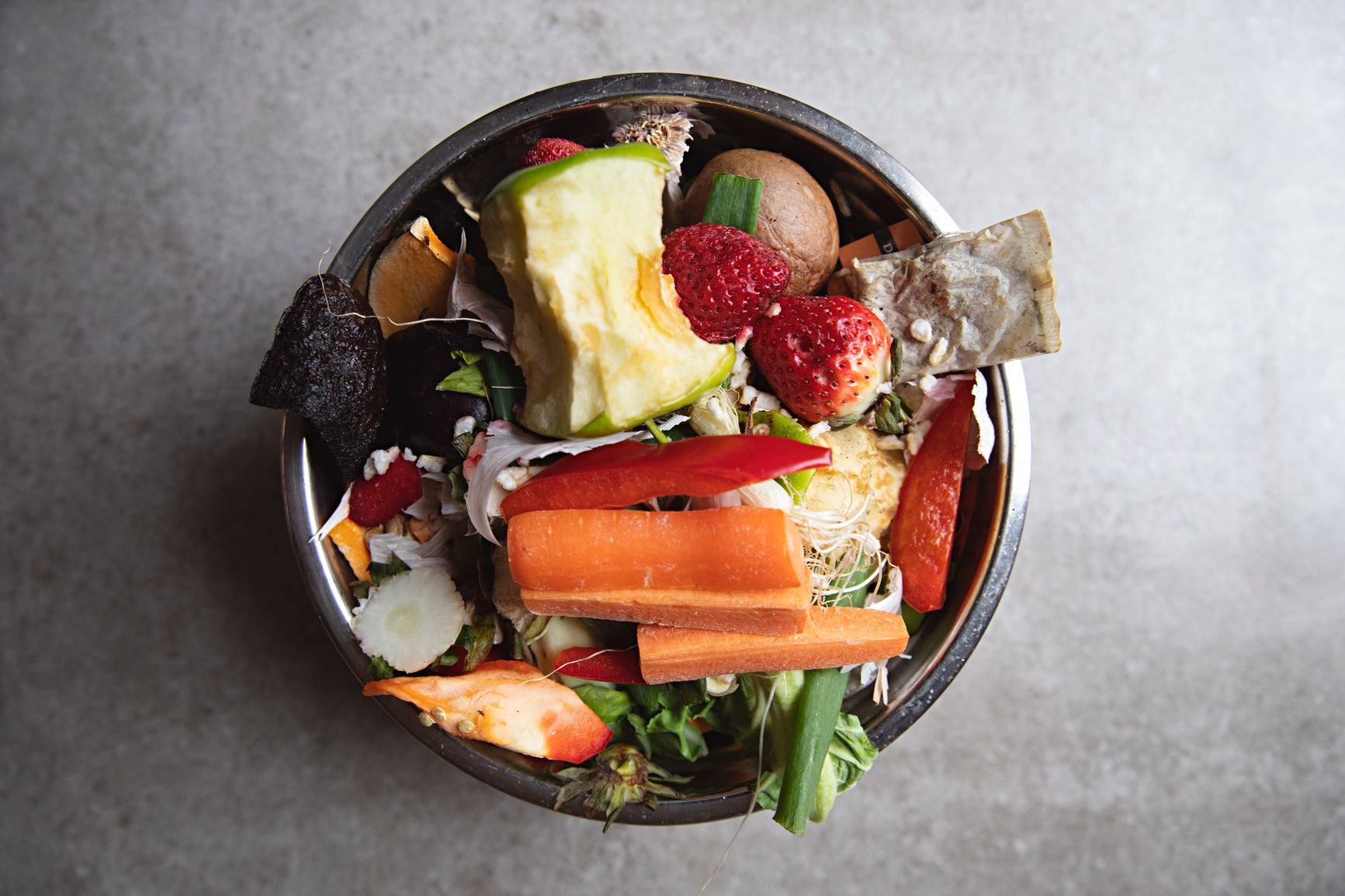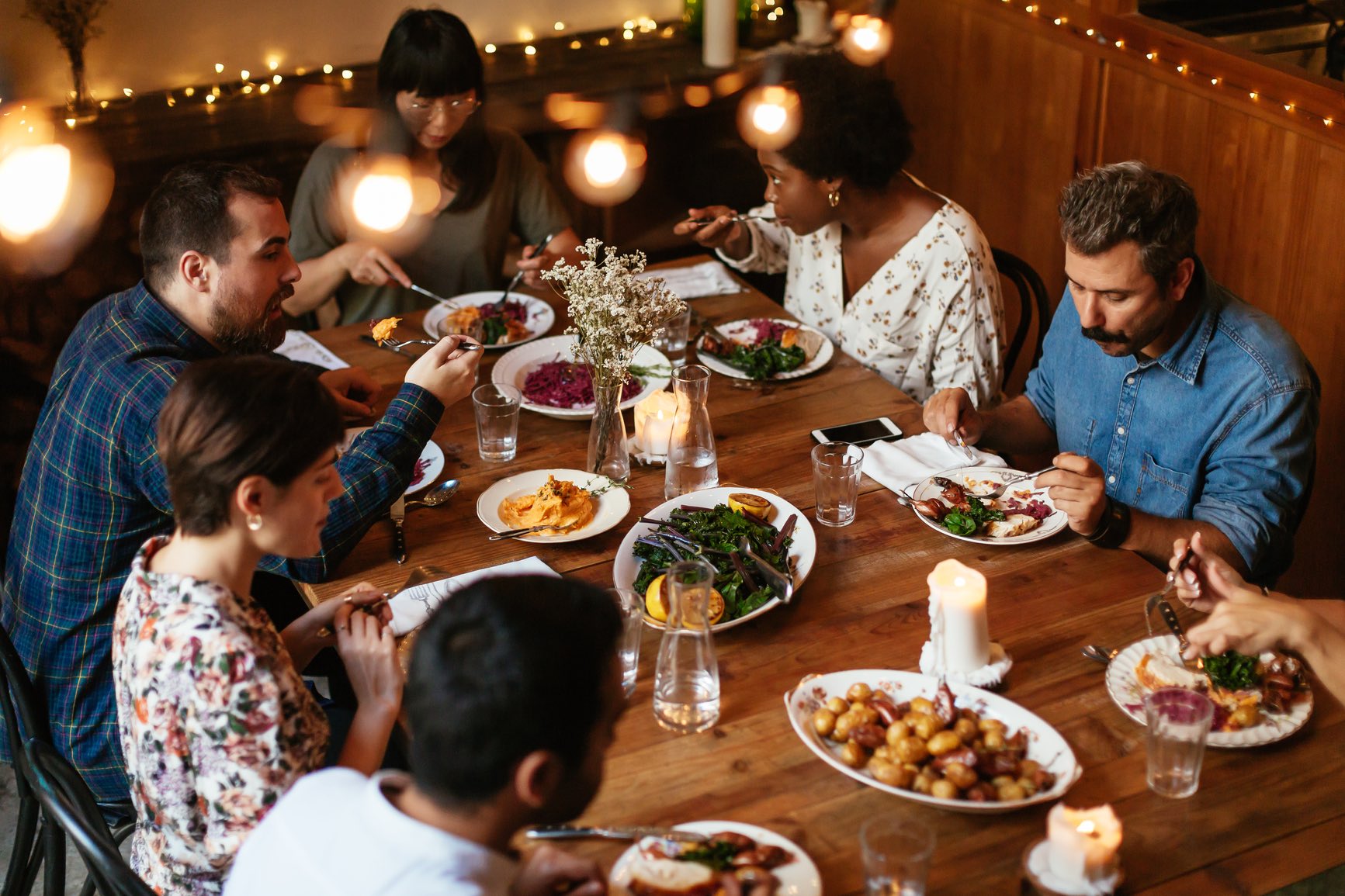More Thanks, Less Waste: Celebrate More Sustainably
Published November 23rd, 2021
Whether it’s celebrating our LIV Fam or sitting down with our extended one, we’re feeling extra thankful this year—but here’s some food for thought: Each Thanksgiving, Americans throw out an astounding 200 million pounds of turkey after their big meal. Not small potatoes either are the approximately 40 million pounds of mashed potatoes and 30 million pounds of stuffing destined for the trash bin after dinner. Surprising, right? We’re determined to keep our Thanksgiving more grateful than wasteful, so we’re sharing easy ways to make your dinner more sustainable.
1. Portion Right & Only Buy What You Need
The first step in wasting less food is cooking only what you need. Bon Appetit recommends picking a turkey that offers 1-1.5lbs per person. No, they won’t eat the full pound, remember you’re accounting for bones and other parts of your bird. Need more help? This handy calculator will provide your magic number. Pro tip: Talk to guests to see if they even like turkey or plan to eat much before you buy. Or, consider vegetarian options for a main dish. Our friends at BA have a list of nearly 100 amazing options here.
2. Consider the Source: Shop Locally
Buying your ingredients at your local farmers market will not only support your community’s economy, it will help reduce the greenhouse gasses that come from long haul transport to bigger grocery stores. And, you’re bound to get some incredible, locally-sourced flavors, too. Consider the vendors to be a resource, and ask them to help you find creative ways to incorporate ingredients. (Our favorite farmer’s market tip? Instead of tossing unused herbs, add them to your olive oil for a flavor infusion.)
3. Get Scrappy: Creative Uses for Your “Trash”

If prepping your grandma’s famous apple pie recipe has left your mouth watering and your counters full of discarded peels, you’re in luck: This super simple recipe for Apple Peel Twigs from party queen Martha Stewart will become your new go-to for post-pie scraps. For other easily tossed items like potato peels, yam skin, and string bean shells, use this opportunity to start composting if you haven’t tried it already. You’ll be giving the earth what it needs—and your garden will look great. Don’t have outdoor space? A quick search for community composting can help you find sites nearby that will take your organic food waste for their collection.
4. Serve More Sustainability: Lay Out A Low-Waste Table
Consider your table—are there ways to go lower-waste? Here are a few ideas: Use cloth napkins instead of paper and your everyday utensils over plasticware. For a centerpiece, cut fresh blooms from your garden over a purchased bouquet, or add flowers to your farmer’s market shopping list. Include embellishments like real fall leaves picked up on your next walk, pinecones, and acorns, too. For candles, opt for high tapers that will illuminate more fully, and pick a sustainably made brand like Goodlight. These plant-based candles are free of petroleum and paraffins for a cleaner burn, and the company has partnered with various small farmers and eco-friendly organizations. Their goal is to help make the sustainable palm industry the norm while taking the necessary steps to protect the rain forests—and your purchase will help.
5. Thrift + Gift: Eliminate Single-Use Plastic for Leftovers

Let’s go to the thrift shop, an enchanted wonderland filled with the retro-coolest glass and china serving ware you’ll find anywhere—at super low prices. Our favorite is the local Habitat For Humanity ReStore, with rows and rows of elegant, old school platters, plates, and casserole dishes. Picture this: instead of sending guests home with single-use plastic containers filled with leftovers, you’ll hand over the goods in a covered quart dish they can keep (and that you got for around $2). Heading to someone else’s house for dinner? Bring your dessert or side dish offering on a platter they can use or pass on themselves. It’s the sustainable serve-up that keeps on giving. Bonus: Since thrift shops often serve local charities, you can feel good about supporting them, too.
